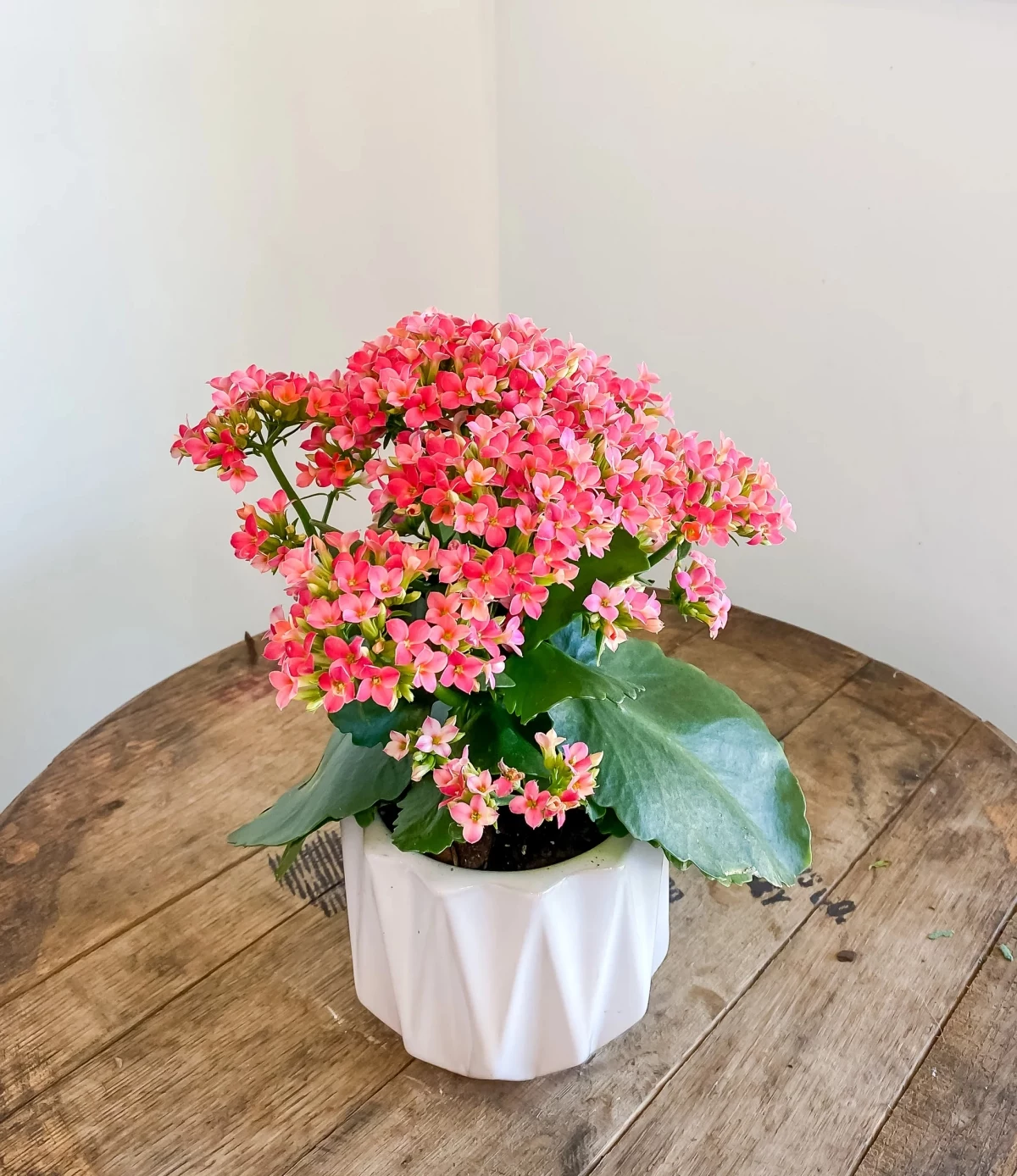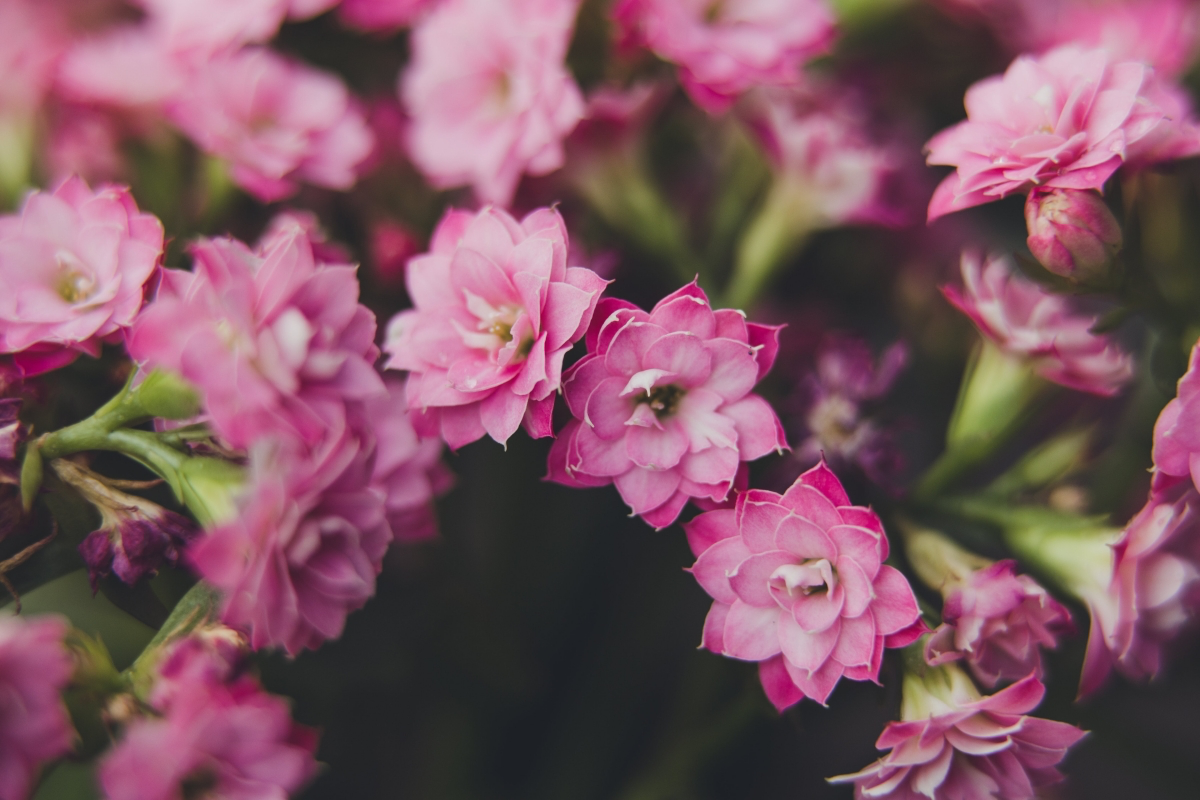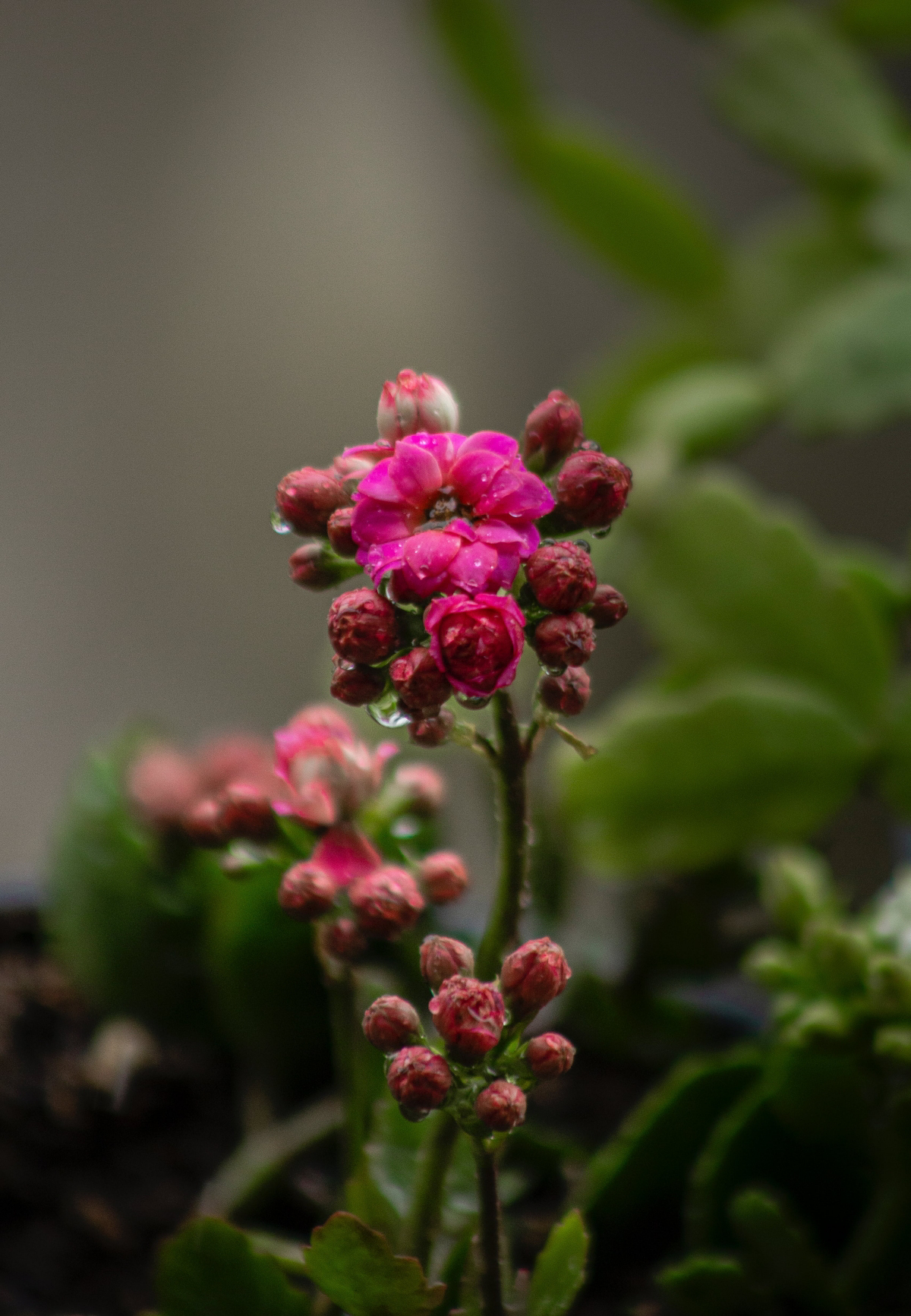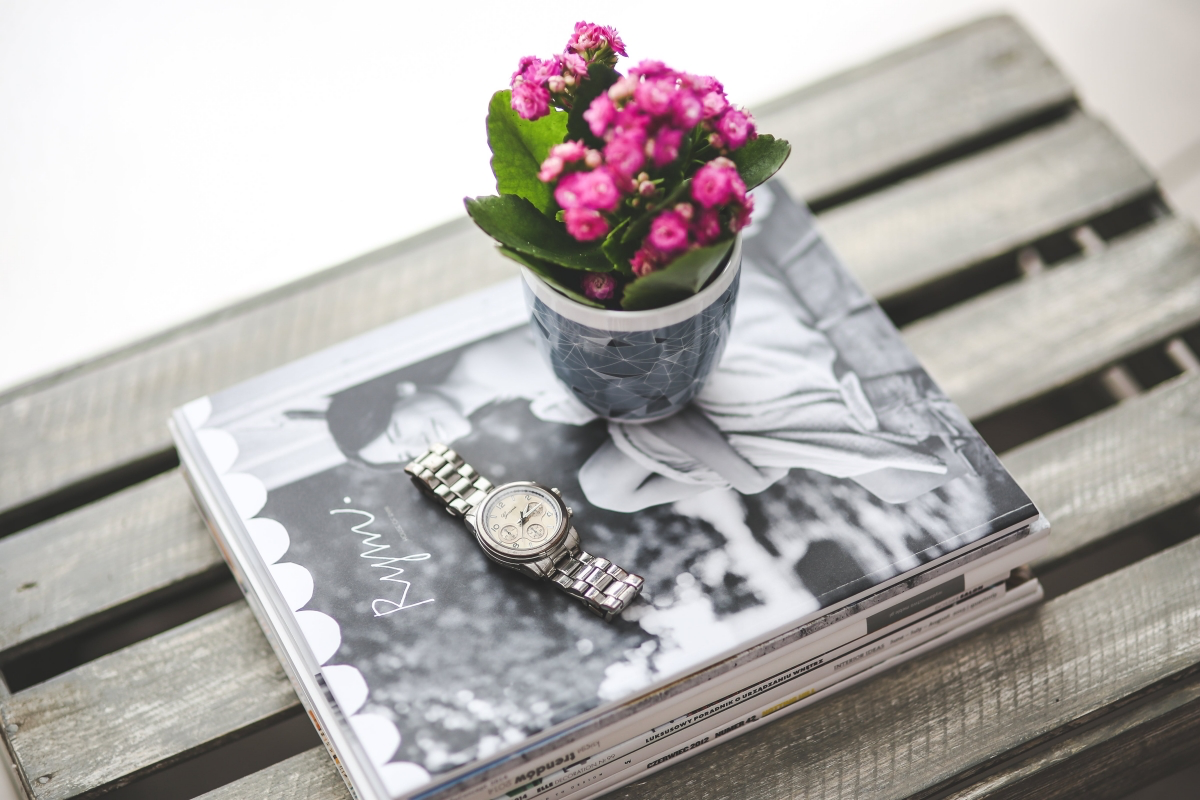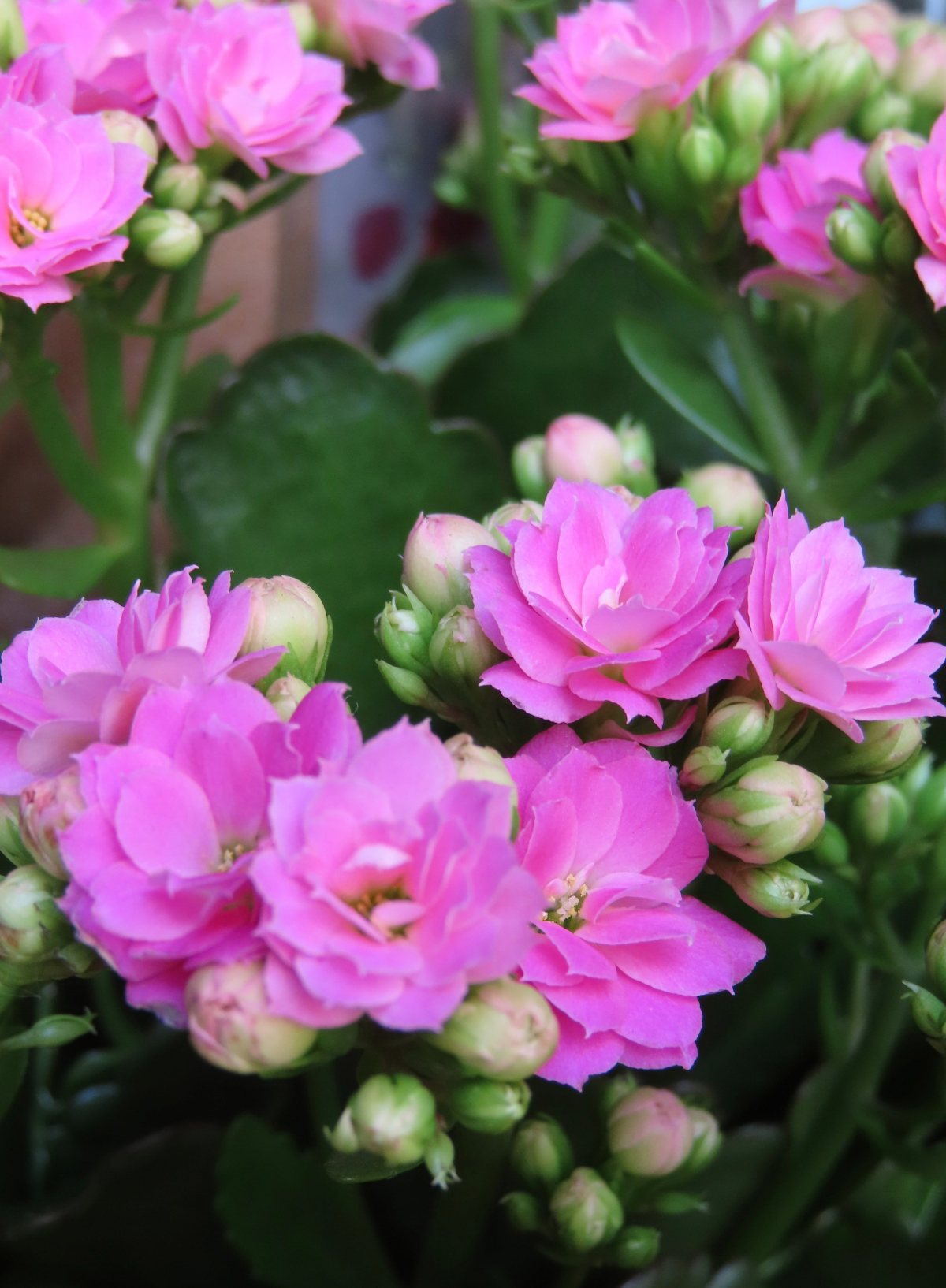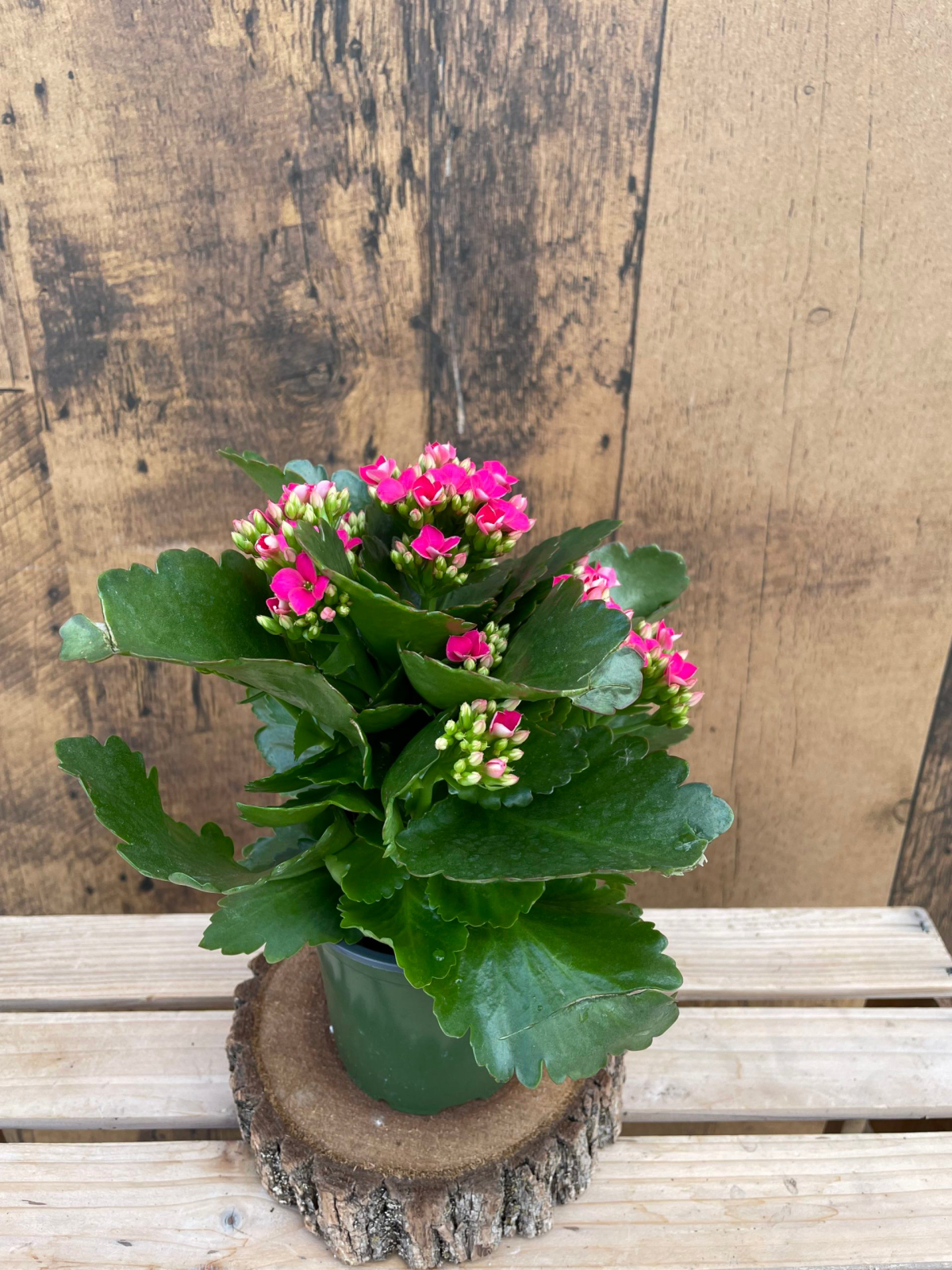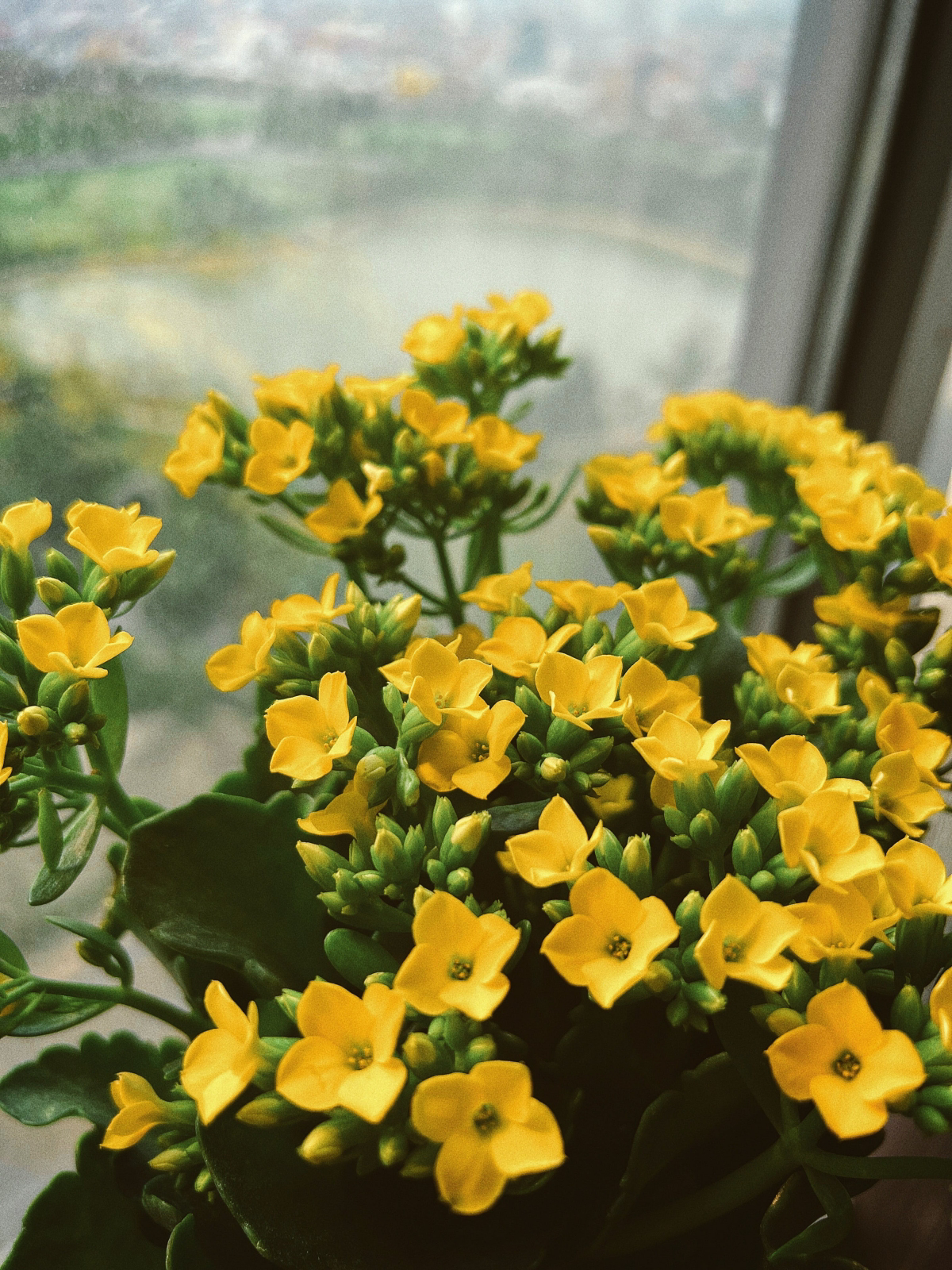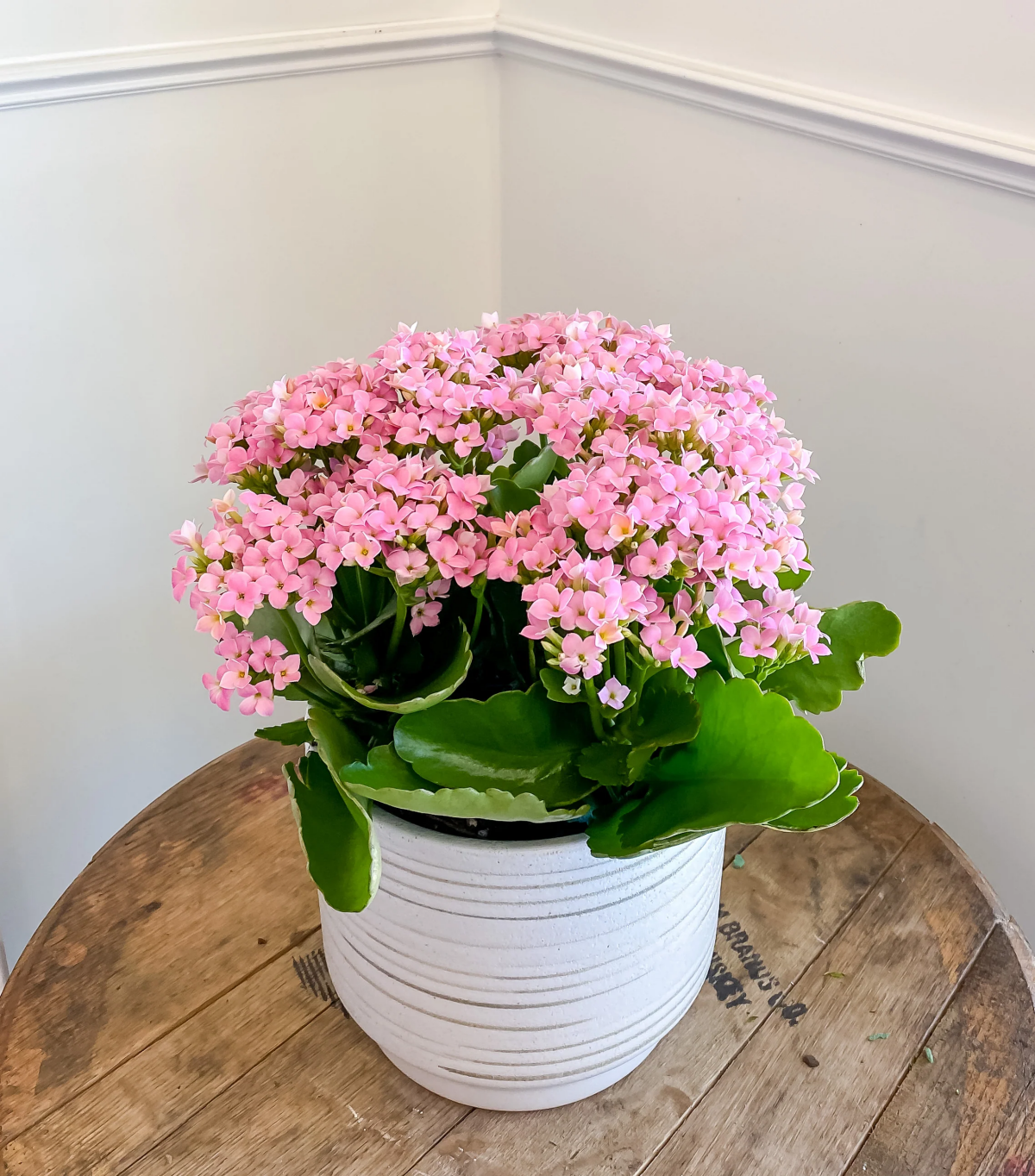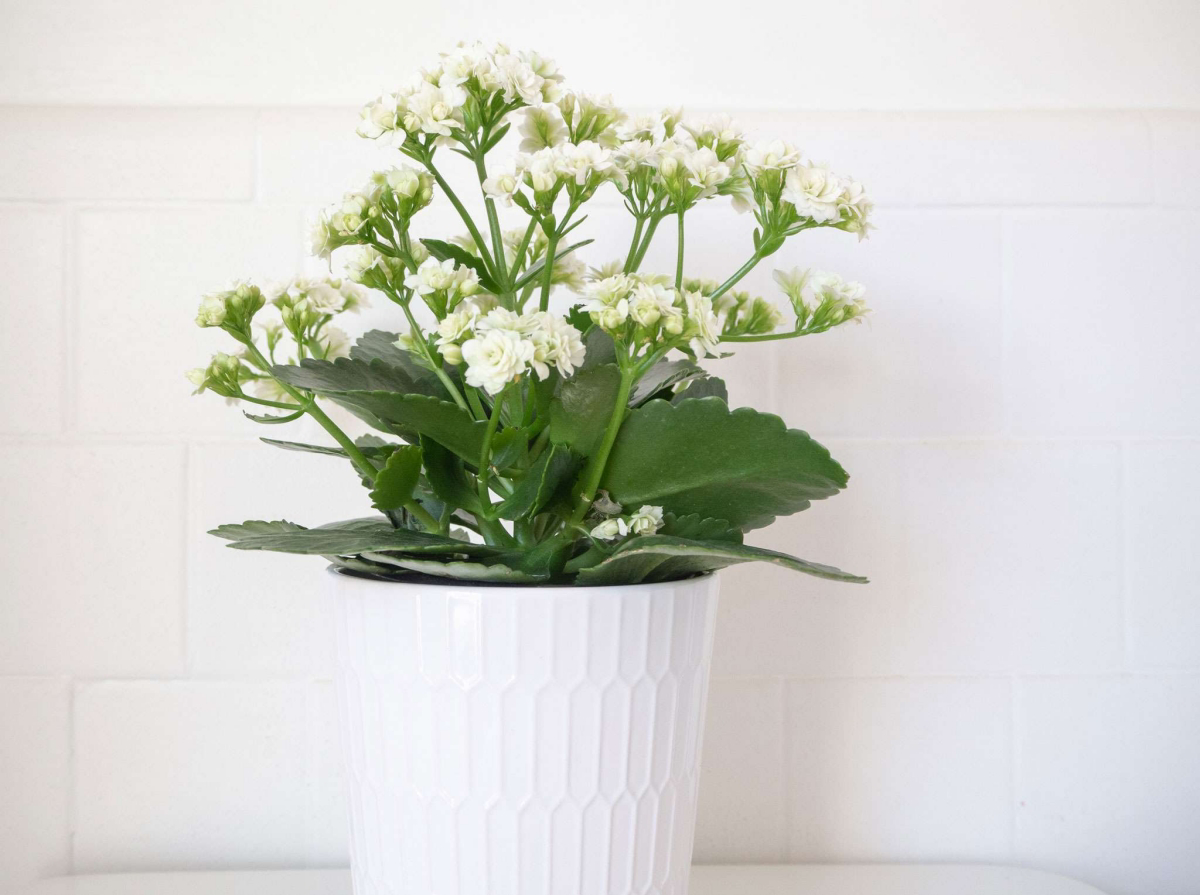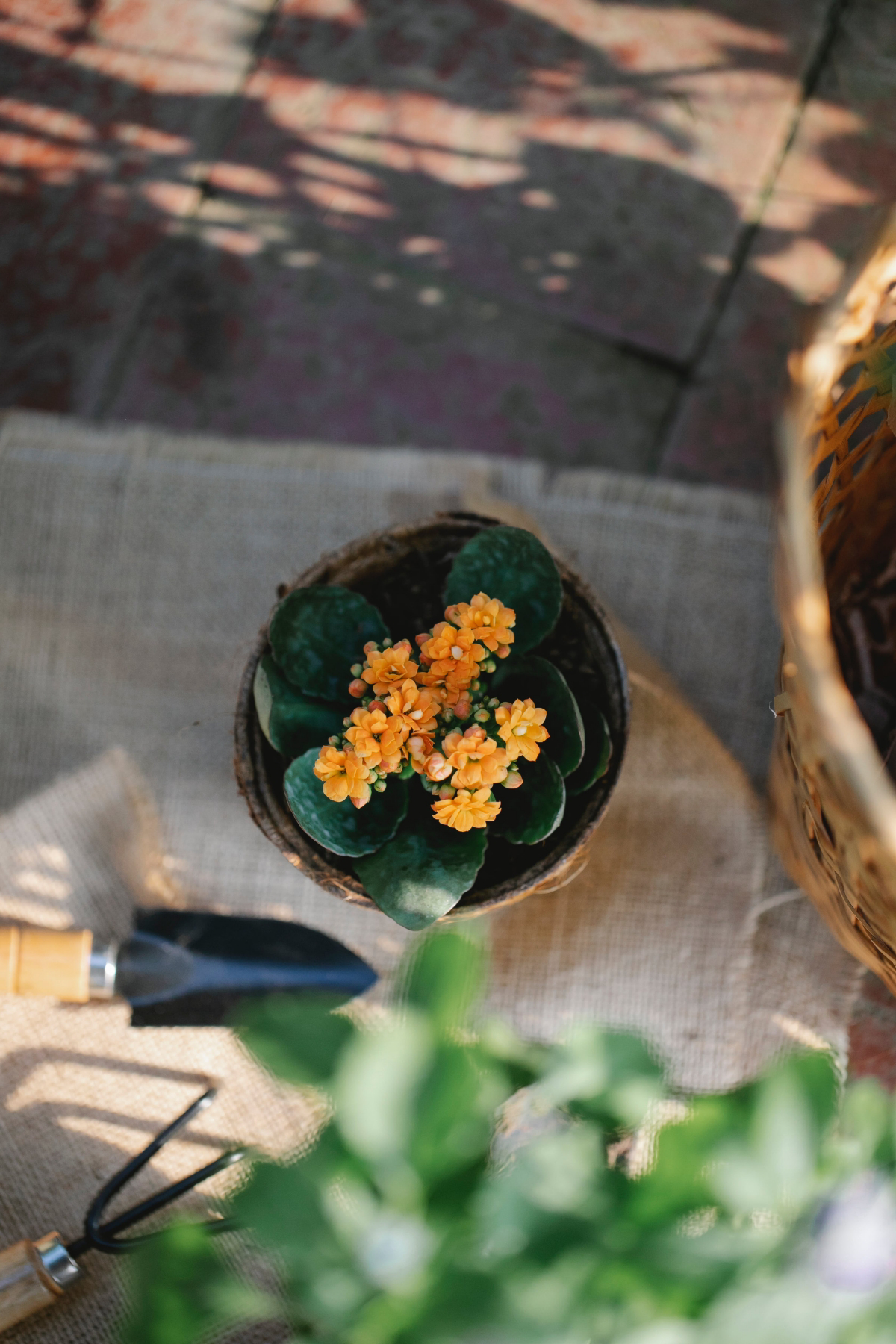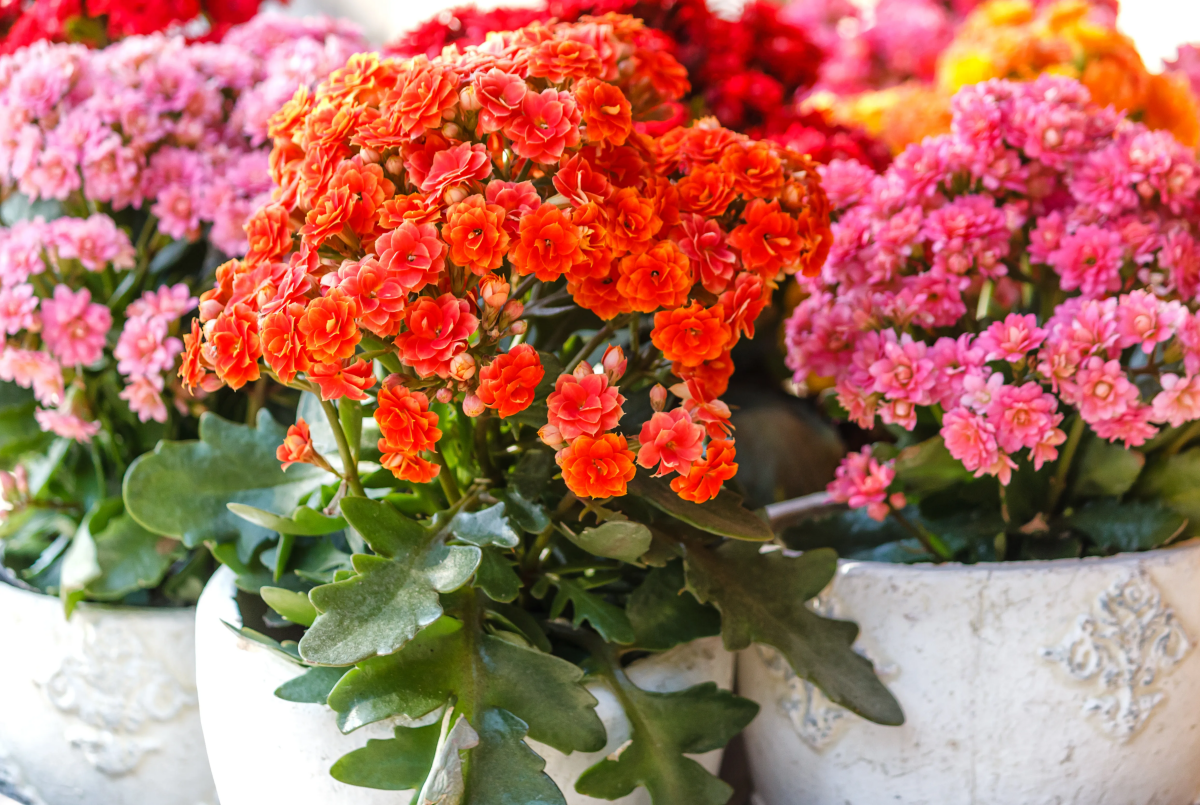Kalanchoe Care 101: How to Care For This Lovely Indoor Plant
Welcome to the enchanting world of Kalanchoe, where elegance and low-maintenance beauty converge. Whether you’re a seasoned plant enthusiast or just starting your indoor gardening journey, the Kalanchoe is an exquisite addition to any collection. In this comprehensive guide, we’ll explore everything you need to know about this versatile succulent, from its origins to its care and maintenance. Get ready to embrace the charm of Kalanchoe and transform your living space into a thriving oasis of natural beauty.
Let’s explore the Kalanchoe plant and how to properly take care of it
In this article
What is a Kalanchoe?
The Kalanchoe, a member of the Crassulaceae family, is a delightful succulent known for its vibrant and long-lasting blooms. With over 200 species to its name, the Kalanchoe offers a diverse range of colors and sizes, making it a favorite among plant enthusiasts. Originating from Madagascar and other parts of Africa, these hardy succulents have made their way into homes worldwide. Their fleshy leaves and stunning clusters of flowers are a testament to their enduring appeal.
The Kalanchoe offers a diverse range of colors and sizes
Fascinating Kalanchoe Facts
Kalanchoe plants are not just beautiful; they also boast intriguing qualities. These succulents are known for their ability to remove toxins from the air, making them natural air purifiers. In addition to their air-cleansing abilities, some Kalanchoe species are used in traditional medicine for their potential healing properties, including aiding in the treatment of wounds and skin conditions. Furthermore, Kalanchoe plants are known to be resilient, thriving in various conditions with minimal care. Their unique ability to reproduce from plantlets or leaf cuttings showcases their adaptability. Kalanchoe’s intriguing combination of beauty and practicality makes it a captivating addition to any indoor garden.
Some Kalanchoe species are used in traditional medicine for their potential healing properties
Who Should Get a Kalanchoe?
Kalanchoes are an excellent choice for a wide range of plant enthusiasts. If you’re a busy individual looking to add a touch of greenery to your space without the fuss, Kalanchoes are the perfect companions. Additionally, they’re a great option for:
- First-time plant owners: Kalanchoes are forgiving and relatively easy to care for, making them an ideal choice for beginners.
- Those with limited space: Their compact size and ability to thrive in pots make them suitable for small living spaces.
- Anyone seeking year-round blooms: Kalanchoes are known for their abundant and colorful flowers, ensuring your home is always vibrant.
- Plant lovers looking to purify the air: These succulents naturally filter indoor air, contributing to a healthier living environment.
These succulents naturally filter indoor air, contributing to a healthier environment
What Are the Benefits of Owning a Kalanchoe?
Owning a Kalanchoe offers a myriad of advantages beyond their captivating beauty. Here are some of the key benefits:
- Low Maintenance: Kalanchoes are incredibly low-maintenance, requiring minimal attention and care.
- Air Purifiers: They act as natural air purifiers, removing toxins from indoor spaces.
- Year-Round Blooms: With the right care, your Kalanchoe can bloom throughout the year, providing a constant source of beauty.
- Versatility: Kalanchoes are versatile and can thrive both indoors and outdoors, depending on the climate.
- Stress Reduction: Nurturing plants like Kalanchoe can reduce stress and improve overall well-being.
Kalanchoe can bloom throughout the year, providing a constant source of beauty
Who Should Avoid This Plant?
While Kalanchoes are suitable for many plant enthusiasts, there are a few considerations for those who might want to think twice before adding them to their collection:
- Pet Owners: Some Kalanchoe species can be toxic to pets if ingested. If you have curious furry friends, it’s essential to place your Kalanchoe out of their reach.
- Extremely Low-Light Environments: If your living space lacks natural light entirely, Kalanchoes may struggle to thrive. They require some level of sunlight to grow and bloom.
- Frequent Travelers: If you’re often away from home and can’t arrange for plant care during your absence, Kalanchoes might not be the best choice. They prefer consistent care and watering.
The Kalanchoe plant can be toxic to pets if ingested
How to Take Care of a Kalanchoe
Certainly, taking care of a Kalanchoe is a delightful endeavor that requires a gentle touch and a keen eye for detail. Let’s delve deeper into the essential aspects of nurturing this charming succulent:
Watering
Proper watering is the cornerstone of Kalanchoe care. These resilient succulents thrive when their soil is allowed to dry out between waterings. Here’s a breakdown of watering best practices:
- Frequency: Allow the top inch of the soil to become completely dry before watering your Kalanchoe again. This interval ensures that you’re not overwatering, which can lead to root rot.
- Drainage: Ensure your Kalanchoe’s pot has proper drainage holes to prevent excess water from pooling at the bottom. Well-draining soil is essential to maintain the plant’s health.
Ensure your Kalanchoe’s pot has proper drainage holes
Light
Providing the right amount of light is crucial for your Kalanchoe’s well-being. Follow these guidelines to ensure it thrives:
- Brightness: Place your Kalanchoe in a spot that receives bright, indirect sunlight. They adore ample light but should be shielded from harsh, direct sunlight, which can scorch their leaves.
- Sun Angle: If you’re positioning your Kalanchoe near a window, consider the angle of the sun throughout the day. Ensure it receives the sun’s gentle morning or late-afternoon rays rather than the harsh midday sun.
Place your Kalanchoe in a spot that receives bright, indirect sunlight
Temperature
Maintaining a stable temperature is essential to prevent stress on your Kalanchoe. Here’s what you need to know:
- Ideal Range: Aim for a consistent temperature between 60-85 °F (15-29 °C). These succulents are sensitive to extreme temperature fluctuations, so avoid exposing them to drastic cold or heat.
- Protection: Shield your Kalanchoe from chilly drafts and sudden temperature drops, as they can lead to shock and damage the plant.
These succulents are sensitive to extreme temperature fluctuations
Fertilization
Feeding your Kalanchoe with the right nutrients ensures its vigor and vitality. Follow these tips for proper fertilization:
- Balanced Fertilizer: During the growing season, which typically spans spring and summer, use a balanced, water-soluble fertilizer. This will provide your Kalanchoe with essential nutrients to support its growth and flowering.
- Reduced Feeding: As fall and winter approach, reduce the frequency of feeding. Kalanchoes enter a dormant phase during this time, requiring fewer nutrients. Opt for a more diluted fertilizer or extend the time between feedings.
Follow these tips to ensure that your plant thrives
Placement
Where you position your Kalanchoe can greatly influence its overall health. Take these steps to ensure an ideal spot:
- Ventilation: Choose a well-ventilated location with good air circulation. Adequate airflow helps prevent fungal issues and ensures your Kalanchoe thrives.
- Draft Avoidance: Keep your Kalanchoe away from drafty windows, vents, or doors. Sudden gusts of cold or hot air can stress the plant and hinder its growth.
- Humidity: Kalanchoes are relatively low-maintenance when it comes to humidity, but a little extra care can go a long way:
- Occasional Misting: While they don’t require high humidity levels, your Kalanchoe will appreciate occasional misting, especially in dry indoor environments. This helps maintain the moisture balance in its surroundings.
Your Kalanchoe will appreciate occasional misting, especially in dry indoor environments
Soil
Choosing the right soil is vital to ensure your Kalanchoe’s roots have the best environment for growth:
- Well-Draining Mix: Opt for a well-draining succulent or cactus potting mix. This type of soil prevents waterlogged roots and provides the necessary aeration for the plant’s root system to thrive.
- Repotting: Repot your Kalanchoe when it outgrows its current container or when the soil becomes depleted of nutrients. This refreshes the soil and offers more room for your plant to flourish.
Opt for a well-draining succulent or cactus potting mix
By following these care guidelines, you’ll be well-equipped to nurture your Kalanchoe into a thriving and graceful succulent. Its vibrant blooms and easygoing nature will bring a touch of nature’s elegance to your living space, enhancing your home with its timeless charm.
Now you know how to nurture your Kalanchoe into a thriving and graceful succulent
Conclusion
As you embark on your journey with Kalanchoe, you’re embracing the elegance of nature’s beauty and simplicity. These hardy succulents, with their vibrant blooms and easy-care routines, offer a sense of tranquility and natural grace to your living space. Whether you’re a seasoned plant enthusiast or a beginner looking to add a touch of greenery to your life, the Kalanchoe welcomes you with open leaves. So, cultivate your Kalanchoe with love, and watch as it blossoms into a masterpiece, enhancing your home with its timeless charm.
Now you know everything about the beautiful Kalanchoe plant!
